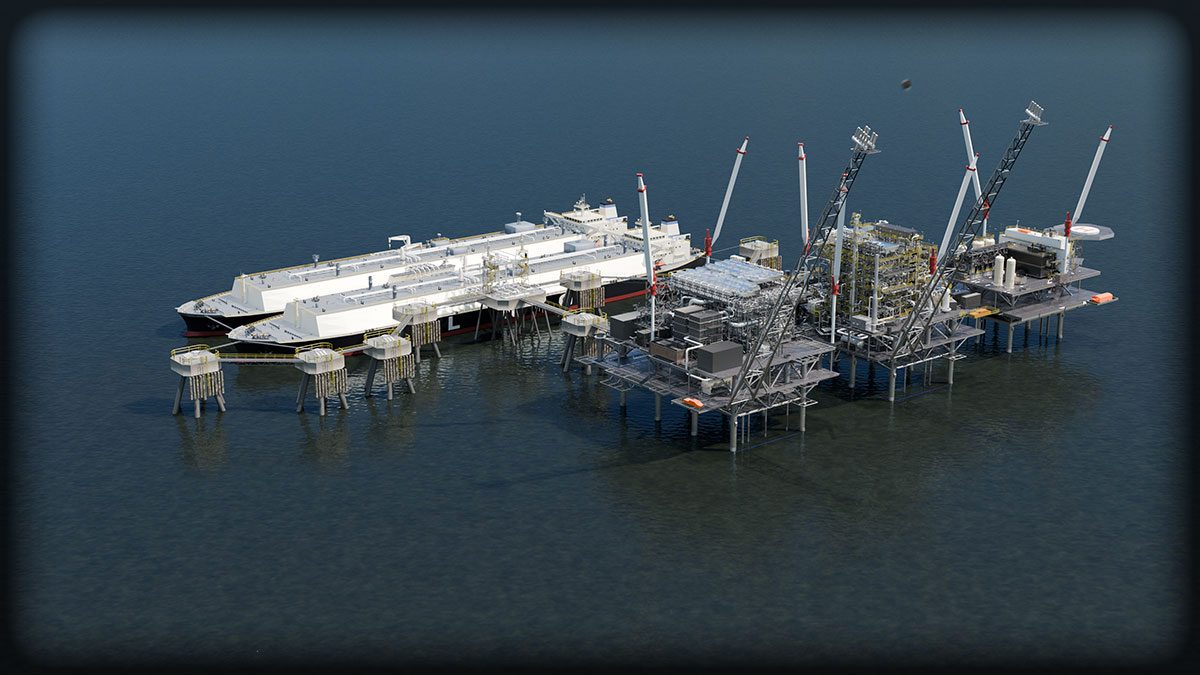U.S. container imports tumbled again last month compared to a year ago as a decline in Chinese volumes continued to impact West Coast ports, according to new data released by Canadian technology group Descartes Systems (Nasdaq:DSGX).
The company’s latest monthly report shows U.S. container imports in October at 2,220,331 TEUs, down 13% year-over-year but still 7.2% higher than pre-pandemic levels in 2019.
October’s decline followed a precipitous 11% year over year drop in September, to 2,215,731 TEUs, as a slowing economy, retailers reducing purchases, inflation and high fuel costs have finally started to catch up to import throughput at U.S. ports, Descartes said in its previous month’s report. Container imports into the U.S. dipped for the first time in August, falling 1.8% year-over-year to 2,529,042, after a monthly record-setting streak that began in August 2020.
The downward trend in U.S. container imports from China continued in October. Last month there were 775,258 U.S. container imports from China – a decline of 5.5% from September and down 22.8% from this year’s high in August. This drop has continued to drive impacts particularly for major West Coast ports. The ports of Los Angeles and Long Beach, for example, have seen year-over-year declines in imports originating in China, by 48% and 31.6%, respectively. Overall, China represented 34.9% of the total U.S. container imports in October, down from their February 2022 high of 41.5%, Descartes’ report shows.
East and Gulf Coast ports continued to expand their lead over West Coast ports in terms of share. West Coast ports’ share of imports decreased again to 36.4% in October, from 37.0% in September, while East Coast’s share was relatively flat month over month, according to Descartes.
For a third month in a row, the Port of New York/New Jersey remained the top destination for containerized imports, at 400,663 TEUs for the month. The Port of Los Angeles came in second at 329,785 TEUs and Long Beach was third at 300,914 TEUs, according to Descartes data.
Overall port delays in October were lower than in September thanks to improvements at the ports of Los Angeles and Long Beach. Delays at all major East and Gulf Coast ports improved during the month, but wait times are still extended compared to the West Coast.
Descartes’ report highlighted that continuing labor uncertainty on the West Coast could continue to prevent volumes from shifting back to major West Coast ports even as the congestion situation improves.
“The October update of the logistics metrics Descartes is tracking shows the potential for relief but continues to point to congested and challenging global supply chain performance for the rest of 2022,” the company said.

 Join The Club
Join The Club











